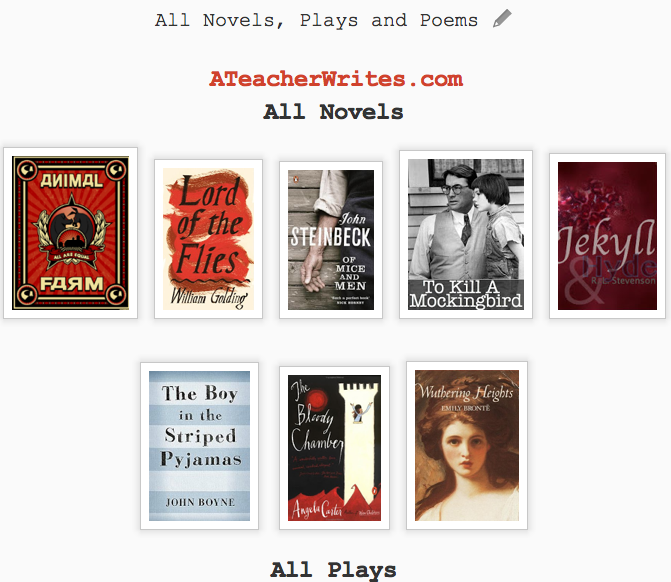
Teachers will usually correct some punctuation. But they don’t have time to pick out the billion or so errors that they will encounter in the average week. This one’s down to you, the loving and ever-patient parent. Punish each mistake by enforcing corrections. Eventually Darling Child will learn that there is no escape.
 How Full Stops and Commas are Taught at School (age 5-11): a full stop comes at a big breath, and a comma at a small breath or pause. This completely smashes through the finer points of syntax and grammar, but isn’t the worst place to start. Once kids are older, it’s interesting to teach them about syntax, main clauses, sub-clauses and all the fun ways sentences can be re-arranged. Find out more about this here. But here’s the basic advice:
How Full Stops and Commas are Taught at School (age 5-11): a full stop comes at a big breath, and a comma at a small breath or pause. This completely smashes through the finer points of syntax and grammar, but isn’t the worst place to start. Once kids are older, it’s interesting to teach them about syntax, main clauses, sub-clauses and all the fun ways sentences can be re-arranged. Find out more about this here. But here’s the basic advice:1. Get your child to check their own work and ask them where the full stops should go. If they’re clueless, show them using the rules. Correcting homework is a great place to start if you don’t have time for endless punctuation exercises as well.
2. ‘Rainbow writing’: use a different colour pen for each new sentence.
3. Endless punctuation exercises, repeated until they get 100%. This may sound cruel, but kids pay more attention to punctuation once they realise they have to get it right. Try this from age eight up. Your efforts will be rewarded by flawless punctuation – in about four years’ time.
The author, Melanie Kendry, is an Oxford graduate, outstanding-rated English Language and Literature teacher and of ages 10-18 in the British education system. In 2012, she was nominated for Pearson’s Teaching Awards. As a private tutor, she raises grades often from C to A. Her writing is also featured in The Huffington Post. She offers private tuition in the Haywards Heath area, West Sussex.






